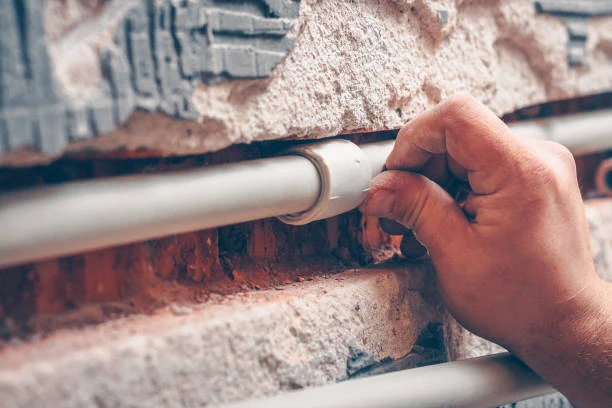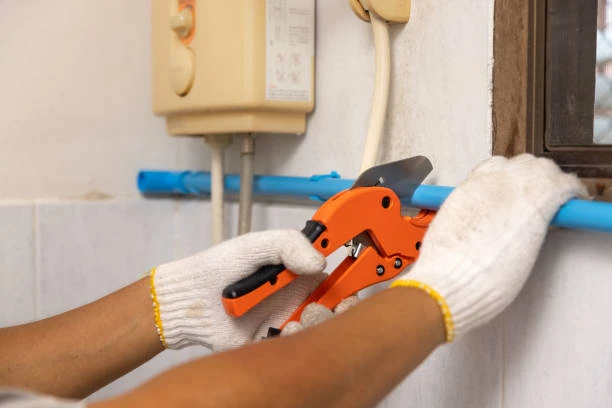Introduction
As the world continues to prioritize sustainable infrastructure, the role of Polypropylene Random Copolymer (PPR) pipes is becoming increasingly significant. In China, where rapid urbanization and industrial growth are reshaping the landscape, PPR Pipe are gaining attention. But will they become a widely used solution? Let’s explore the factors influencing this trend.
What are PPR Pipes?
PPR pipes are made from a type of thermoplastic that is known for its excellent chemical resistance and durability. These pipes are lightweight and easy to install, making them a popular choice for a variety of applications, including water supply and heating systems. When compared to traditional materials like metal or PVC, PPR pipes offer unique advantages, such as superior temperature resistance and lower thermal conductivity.
Current Trends in China’s Piping Industry
China’s piping industry is booming, driven by extensive infrastructure projects and a growing demand for efficient water management solutions. Recent developments have seen a shift toward more sustainable materials, and PPR pipes are at the forefront of this change.
Benefits of PPR Pipes
- Durability and Corrosion Resistance: PPR pipes are resistant to corrosion and scaling, which prolongs their lifespan and reduces maintenance costs.
- Cost-Effectiveness: While the initial investment may be higher than some traditional materials, the long-term savings in maintenance and replacement make PPR a cost-effective choice.
- Environmental Considerations: PPR is recyclable and contributes less to environmental degradation compared to metal pipes.
Regulatory Support and Standards
The Chinese government has been supportive of initiatives aimed at improving infrastructure and promoting sustainable materials. Regulatory standards, including ASTM guidelines, play a crucial role in ensuring the safety and quality of PPR pipes. This regulatory framework encourages manufacturers to adopt PPR pipes, boosting their market presence.
Challenges Facing PPR Adoption
Despite their benefits, PPR pipes face challenges in gaining widespread acceptance. Traditional materials like steel and PVC are well-established and often preferred due to familiarity. Additionally, there is a need for increased awareness and education about the advantages of PPR pipes among both consumers and industry professionals.

PPR Pipes in Different Applications
PPR pipes are versatile and can be used in various applications, from residential plumbing to industrial systems. For instance, in urban areas, PPR is gaining traction for hot and cold water supply systems due to its durability. In contrast, rural areas may still rely on traditional materials due to cost considerations and a lack of awareness.
To bridge this gap, targeted outreach and education initiatives can inform rural communities about the long-term benefits of PPR pipes, such as reduced maintenance costs and enhanced performance. Additionally, government subsidies or incentives could help offset initial investment costs, making PPR pipes more accessible.
As awareness grows and the economic advantages become clearer, it’s likely that rural areas will gradually adopt PPR technology, leading to more consistent standards in water supply infrastructure across both urban and rural settings.
Regional Variations in Demand
Demand for PPR pipes can vary significantly between urban and rural areas. Urban centers, with their advanced infrastructure needs, are more likely to embrace innovative solutions like PPR, while rural areas might lag behind due to economic factors and established practices.
Future Prospects for PPR Pipes in China
The future of PPR pipes in China looks promising. Market forecasts suggest a steady growth trajectory as industries and consumers increasingly recognize the benefits of PPR. Additionally, ongoing technological advancements in manufacturing processes are expected to enhance the quality and performance of PPR products.
Conclusion
In summary, PPR Pipe have the potential to become widely used in China, driven by their durability, cost-effectiveness, and regulatory support. While challenges remain, the growing awareness of sustainable materials and the need for efficient infrastructure solutions indicate a bright future for PPR pipes in the Chinese market.
Furthermore, the Chinese government’s commitment to enhancing water conservation and reducing environmental impact further supports the adoption of PPR pipes. As urbanization accelerates, the demand for reliable and efficient piping systems will only increase, positioning PPR as a preferred choice among contractors and builders.
Moreover, ongoing technological advancements will likely improve the manufacturing processes and performance characteristics of PPR pipes, making them even more attractive. Collaboration among industry stakeholders will also play a crucial role in addressing challenges, ensuring that PPR pipes are integrated into the broader infrastructure development plans across the country, ultimately shaping a sustainable future.
FAQs
- What advantages do PPR pipes offer over traditional materials?
PPR pipes are more durable, resistant to corrosion, and can save costs in the long run due to lower maintenance needs. - Are there specific industries in China that favor PPR pipes?
Industries involved in water management, heating systems, and construction are increasingly adopting PPR pipes. - How do regulatory standards affect PPR Pipe usage in China?
Regulatory standards ensure safety and quality, promoting the adoption of PPR pipes by manufacturers and consumers alike. - What challenges do manufacturers face in promoting PPR Pipe?
Key challenges include competition from traditional materials and the need for consumer education about the benefits of PPR. - What is the future outlook for PPR Pipe in the global market?
The outlook is positive, with increasing demand for sustainable materials and innovations in PPR manufacturing processes.


















